We use cookies to help you navigate efficiently and perform certain functions. You will find detailed information about all cookies under each consent category below.
The cookies that are categorized as "Necessary" are stored on your browser as they are essential for enabling the basic functionalities of the site. ...
Necessary cookies are required to enable the basic features of this site, such as providing secure log-in or adjusting your consent preferences. These cookies do not store any personally identifiable data.
Functional cookies help perform certain functionalities like sharing the content of the website on social media platforms, collecting feedback, and other third-party features.
Analytical cookies are used to understand how visitors interact with the website. These cookies help provide information on metrics such as the number of visitors, bounce rate, traffic source, etc.
Performance cookies are used to understand and analyze the key performance indexes of the website which helps in delivering a better user experience for the visitors.
Advertisement cookies are used to provide visitors with customized advertisements based on the pages you visited previously and to analyze the effectiveness of the ad campaigns.
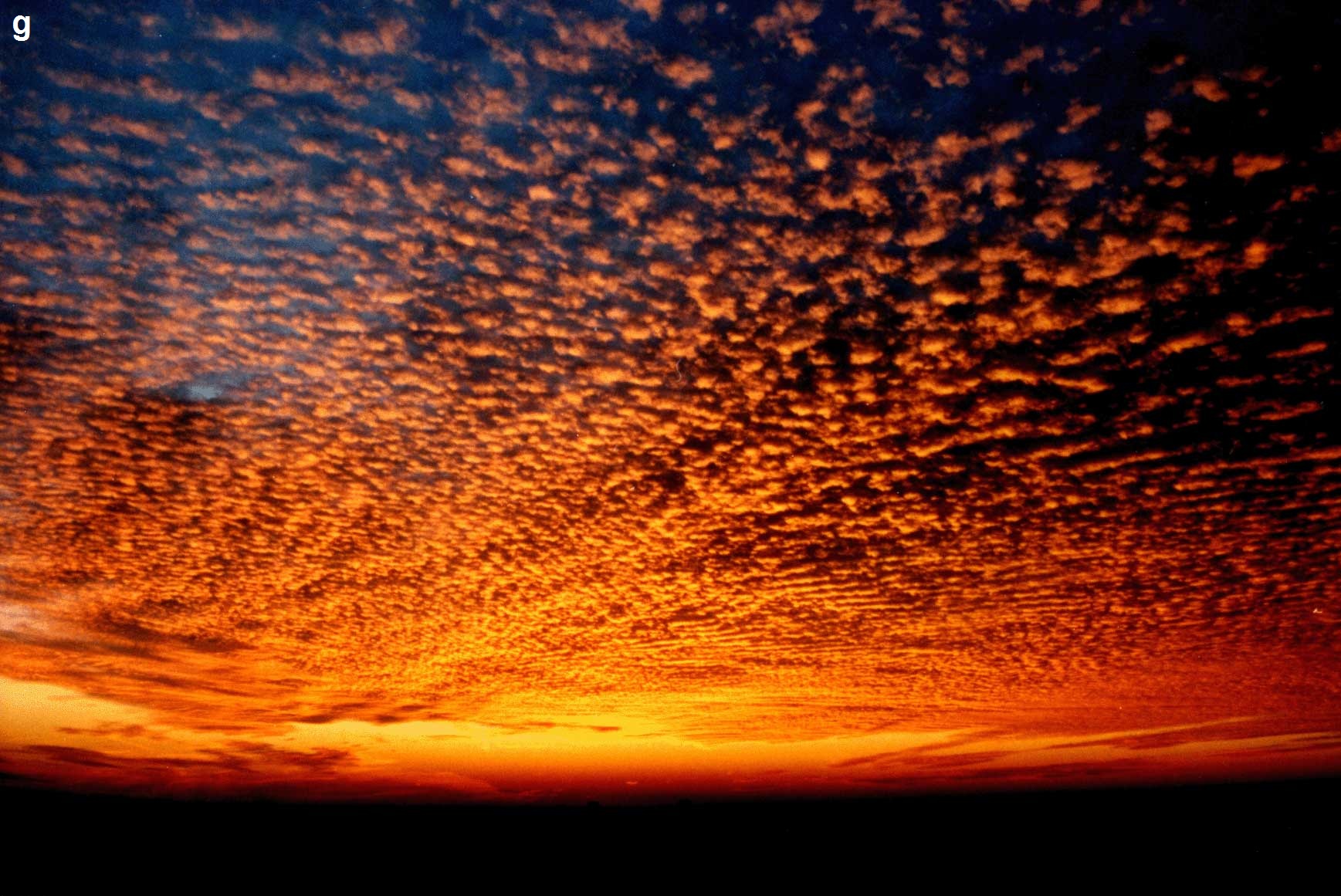
There’s that small window of time, every day before night falls, when the sun hangs in the balance between daylight and darkness. In astronomical terms, sunsets are the daily disappearance of the sun’s upper limb below the horizon. And though their warm beauty is expected, not all sunsets are created equal. In deserts, sunsets are decidedly more colorful.
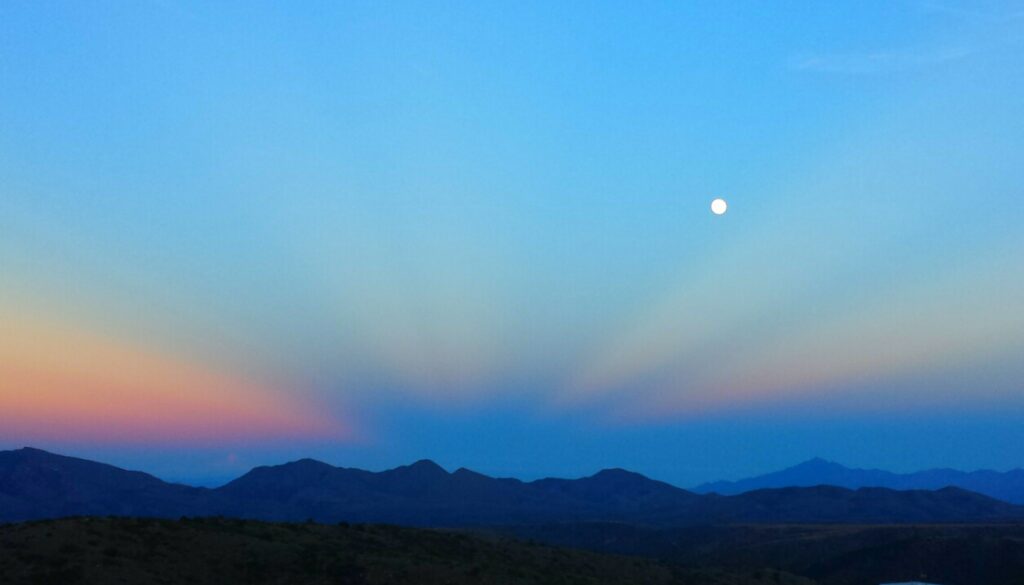
While it may not visibly appear that way, sunlight is actually made up of the full spectrum of colors. “The atmosphere acts as a filter for incoming sunlight, just like a filter you would put on a camera to filter out certain colors,” says Stephen F. Corfidi, Research Associate at the NOAA/NWS Storm Prediction Center. “The longer the pathway through the atmosphere, the more that filtering effect becomes noticeable to humans.” Each color represented in the rainbow has its own unique wavelength. Colors with longer wavelengths, such as oranges and reds, are more visible, while purples and blues (which have shorter wavelengths) get left out.
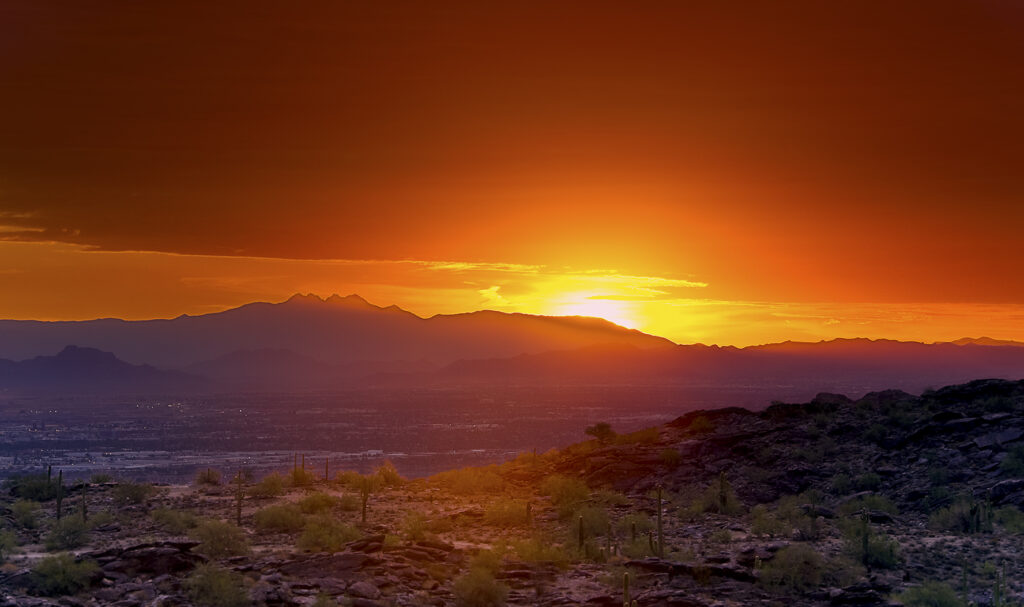
In a more pristine environment such as a desert, the boundary layer is less interrupted by these particles, so the vividness of a sunset is more apparent.
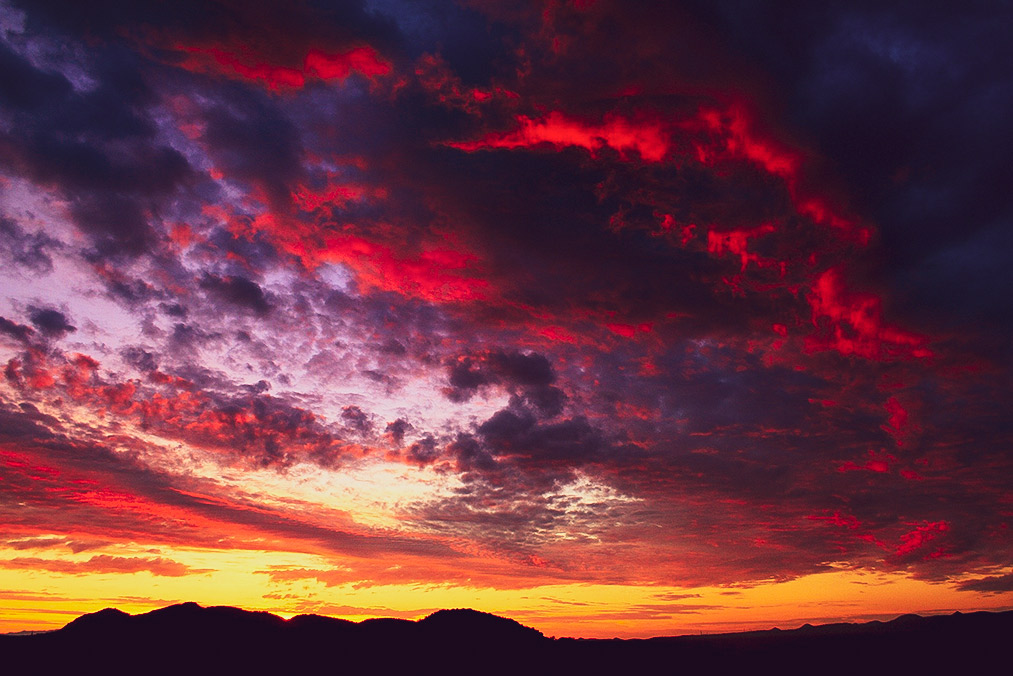
Because the Arizona climate is clean and dry, factors like pollution and humidity, which ordinarily mute the effect of the sunset, are non-issues.
Arizona’s “feather” clouds can catch light as it filters through and reflect it back to our eyes against a darker sky, creating a much more dramatic effect than in other places.
Additional particles in the air, like dust, make sunsets take on a redder tinge (rather than yellow), so the colors we get to experience tend to be more brilliant than ones showcased in other areas of the country.
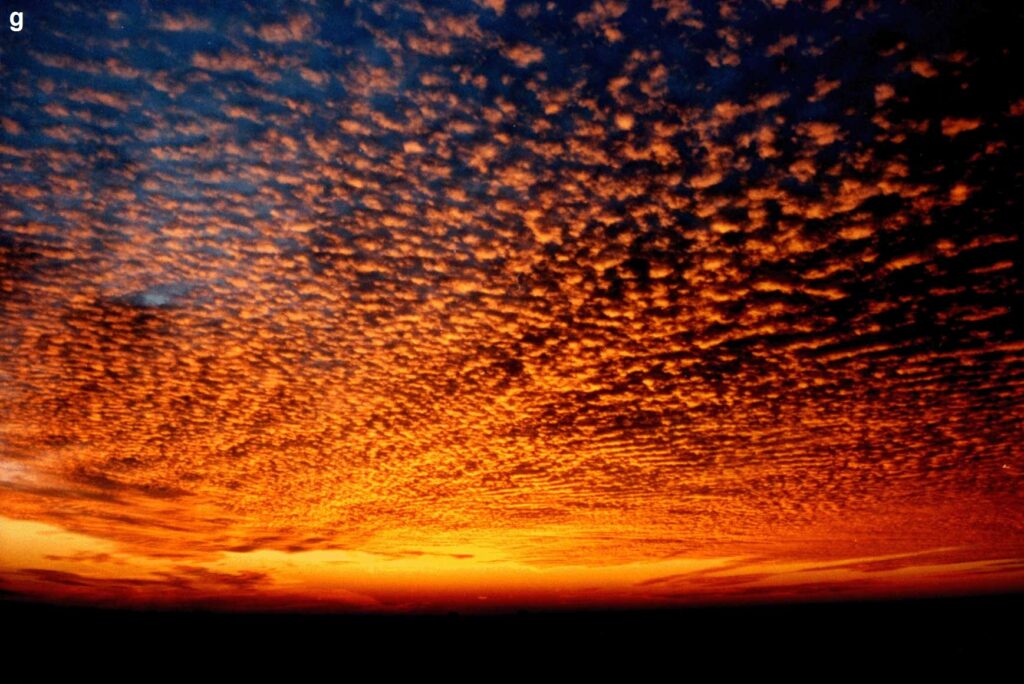
You don’t need to be here long to catch some of this ‘eye candy’! I wouldn’t say that a stunner like this is a daily occurrence but it does happen more often than not.